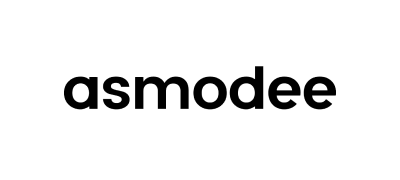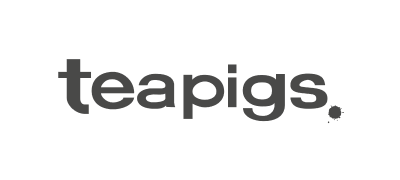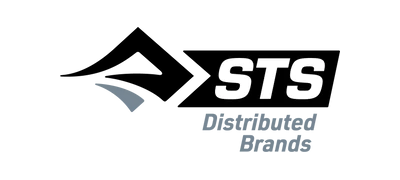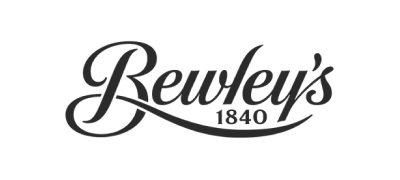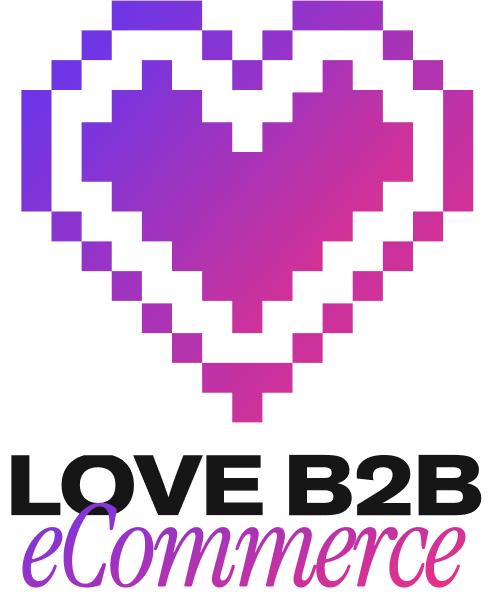One of the most common questions we hear from SparkLayer brands is: ‘How do I sell wholesale as a small business?’. There’s often a misconception that B2B is only for big companies - but that couldn’t be further from the truth.
The good news? You don’t need to be a large or highly experienced manufacturer to make wholesale work for you! Many merchants we work with started off as one-person businesses, and wholesale was the perfect next step for their growth.
In this guide, we’ll walk you through how to sell wholesale as a small business, including:
- What does wholesale mean for a small business?
- How to sell wholesale as a small business: where to start
- Building long-term wholesale relationships
- Is wholesale right for your small business?
What does wholesale mean for a small business?
Wholesale refers to when you sell products in bulk to other businesses (usually retailers), who then resell them to end customers. For small businesses, wholesale can:
- Create predictable, recurring income
- Help you reach new customers through retail partners
- Allow you to sell large, bulk orders with less marketing spend
- Build long-term business relationships instead of one-off transactions
Instead of relying purely on D2C (direct-to-consumer) or traditional retail sales, wholesale can add a new revenue stream and provide stability as your brand grows. For small businesses, this can be a transformative - and while it can seem daunting at first, it’s definitely an avenue worth exploring if you’re set on growth.
How to sell wholesale as a small business: where to start
Getting started with wholesale doesn’t have to be as complicated as it might initially sound. There's a huge market for B2B brands that’s only going to increase as technology develops and demands shift. Now is a great time to get into wholesale - and here’s how. We’ve broken it down into five simple steps:
1. Set up a way to take wholesale orders
Wondering how to sell wholesale as a small business when you’re just getting started? We highly recommend implementing a B2B eCommerce platform like SparkLayer. This enables retailers to browse products, view wholesale prices, and place orders without excess emails.
As a small business, you likely don’t have the time and resources to process orders via email or phone calls manually. These traditional B2B methods are not only time-consuming but also leave more room for error. By embracing more modern approaches to wholesale, you can streamline your processes, not only making life easier for your team but also meeting your B2B buyers where they are.
2. Calculate your wholesale pricing
Wholesale products are sold at a lower price than D2C; that’s what makes B2B worthwhile for customers. Because you’re selling in bulk, you’re able to lower the prices and still make a profit - but you need to establish a profit margin that works for you.
Wholesale pricing is typically set at 50% (or less) of your D2C or retail price, so take your time to run the numbers and ensure you can stay profitable. Do some market research and see what your competitors are doing. Don’t be afraid to set your prices higher than other brands if you know your products are of better quality or fill a niche!
3. Create a wholesale catalogue
Even a simple, one-page line sheet can make your business look professional when you’re just getting started with wholesaling as a small business. While D2C buyers are more likely to choose where they order from based on branding, social media presence, and impulse purchases, B2B is different.
Wholesale customers want to work with businesses that make buying easier for them. They want to know what products are available, what variants they come in (e.g. sizes and colours), and how much each item costs. For that reason, it’s important to include product images, wholesale prices, order minimums, and payment terms on your line sheet. The simpler you make ordering for your B2B customers, the more likely they are to buy from you - and stay loyal.
4. Establish minimum order quantities (MOQs)
MOQs are a powerful way to incentivise larger orders and stay in control of your wholesale as you grow. Using a platform like SparkLayer, you can establish criteria that must be met before an order can be placed. For example, you may want to set a minimum of 20 units per product or at least a £300 basket total.
You can go one step further and set different MOQs for each of your customer segments. With newer customers, for example, you may want to establish higher MOQs so that you’re getting bigger orders straightaway.
You can also use MOQ rules as part of marketing promotions or to support enhanced inventory management. For example, if you have a lot of stock to shift, you could set minimum order rules so that customers purchase more of it per order. You can do this per specific product or on the overall order total.
5. Start with local or independent retailers
When you’re learning how to sell wholesale as a small business, it’s best to begin by approaching independent or local buyers. While you’re still getting set up, it’s likely going to be more realistic to get business from other small companies - they’re more likely to be open to working with up-and-coming brands than big chain retailers.
Working on smaller accounts as you’re beginning your B2B journey also alleviates some of the pressures you’d typically expect to see with bigger brands. You’ve got a bit more room to figure out your processes, find the best way of doing things, and are more likely to get feedback from your buyers. Getting that feedback early on is invaluable to building a B2B business that succeeds long-term.
Building long-term wholesale relationships
Securing your first wholesale order is exciting, but the real value comes from building repeat business. For small wholesalers just getting started, these relationships can become the backbone of sustainable growth. Here’s our tried and tested advice on driving repeat business:
- Be reliable - ensure you deliver on time and keep communicating to build that relationship
- Be flexible - offer smaller MOQs or adjust your order rules to support independent retailers, especially when you’re starting out
- Be proactive - share new product launches, marketing materials, or seasonal promotions that help your retail partners succeed
Is wholesale right for your small business?
While there’s plenty of room in the market for new B2B businesses, it’s important to evaluate what that could look like for you - and if it’s the right move.
If you have products that you believe in and are filling a niche, see potential for profit margin, and have the determination to grow, B2B could be a game-changer for you. Here are a few questions to reflect on:
- Do I have products with consistent demand?
- Can my profit margins support wholesale pricing?
- Am I ready to handle larger, bulk orders?
- Would I benefit from recurring, predictable income?
If you answered yes to most of these, wholesale could be the perfect next step for your brand!
Final thoughts
So, how do you sell wholesale as a small business? By starting simple: build a clear wholesale pricing structure, create a basic catalogue, and approach retailers who align with your brand. From there, technology can help you scale and make the process smoother.
At SparkLayer, we help small businesses unlock the benefits of B2B eCommerce, making it easy to start selling wholesale online and build lasting retailer relationships. If you’re ready to explore wholesale, our team can show you the tools to get started.
Discover other resources in our Love B2B eCommerce hub and get started today!





